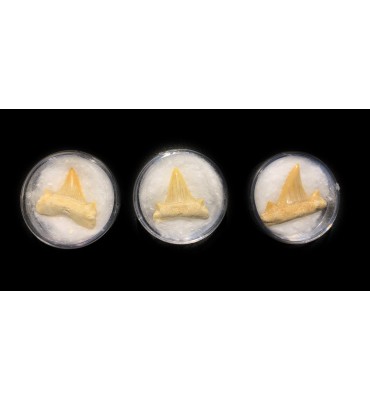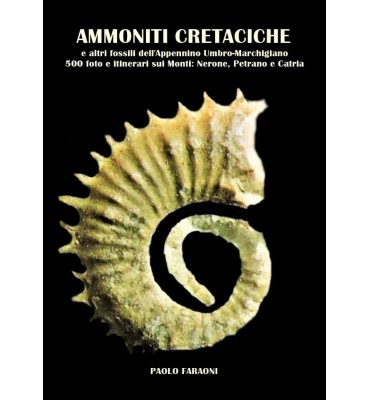Your cart is empty
-
Home
- Fossils
- Shells
- Books
- Minerals
-
Boxes and Equipment
- Transparent boxes
- System Box
- Boxes for Gems
- Cardboard boxes
- Bottles and Capsules
- Bags and sachets
- Exhibition and displays
- Chemicals: Tires, Glues and Resins
- Set or Kit
- Mineral Cutter & Trimmer
- Estwing equipment
- Compass & GPS
- Handling tools
- Lenses and Binoculars
- Cleaning tools
- Microscopy
- Attrezzi raccolta e scavo
- Labels
- Scatole Museali
- Jewelry
- DEAL
- Meteorites
- Fossils
- Shells
- Books
- Minerals
-
Boxes and Equipment
- Transparent boxes
- System Box
- Boxes for Gems
- Cardboard boxes
- Bottles and Capsules
- Bags and sachets
- Exhibition and displays
- Chemicals: Tires, Glues and Resins
- Set or Kit
- Mineral Cutter & Trimmer
- Estwing equipment
- Compass & GPS
- Handling tools
- Lenses and Binoculars
- Cleaning tools
- Microscopy
- Attrezzi raccolta e scavo
- Labels
- Scatole Museali
-
Home
Latest
-
Fossils
New
-
€520.00
-
Asteroceras
€260.00 -
Eparietites
€326.00
-
Cenoceras sp.
€260.00 -
Discohelix
€15.00-25%
€20.00 -
Stromatolite
€150.00
-
Youngibelus
€52.00 -
Fossil of
€178.00
-
Flexicalymene
€90.00 -
Dente di
€100.00
-
-
Minerals
New
-
Boxes and Equipment
Boxes and Equipment
-
Books
New
-
Neogene Sharks
€54.40-15%
€64.00 -
PDF Magazine
€7.50-25%
€10.00 -
In dino
€33.75-25%
€45.00
-
LIB027 - I
€70.00 -
Cônes de
€36.00-20%
€45.00
-
A Guide to
€27.00-10%
€30.00 -
Ammoniti
€26.00
-
- My account
- Sitemap
- Contact us
- blog
Promicroceras planicosta (Sowerby 1814)
Promicroceras planicosta (Sowerby 1814)
Lower Jurassic (Sinemurian - Hettangian 195-200 million years.
Location: Lyme Regis - Charmouth, Dorset, England.
Ammonite size: 2,2 cm in diameter.
Whole sample size: 8.7 x 8,5 x 3 cm
ALL PRICES ARE VAT INCLUDED

Secure purchase with SSL protocol

Shipments always with Tracking
 Goods return policies
Goods return policies
See our Shipping and Returns page
High-quality calcite ammonite, from the very famous Jurassic Coast (Jurassic coast) of England, from an area called Black Ven, a Lias on the border between the two English towns overlooking the sea. missing from a fossil collection. Great as a gift idea The ammonites (Ammonoidea subclass) are a group of extinct cephalopod molluscs that appeared in the Lower Devonian (about 400 million years ago) and were extinct around the Upper Cretaceous-Paleocene limit (65.5 ± 0.3 Ma) without leave known descendants.
Specific References

Promicroceras planicosta (Sowerby 1814)
Lower Jurassic (Sinemurian - Hettangian 195-200 million years.
Location: Lyme Regis - Charmouth, Dorset, England.
Ammonite size: 2,2 cm in diameter.
Whole sample size: 8.7 x 8,5 x 3 cm
ALL PRICES ARE VAT INCLUDED































